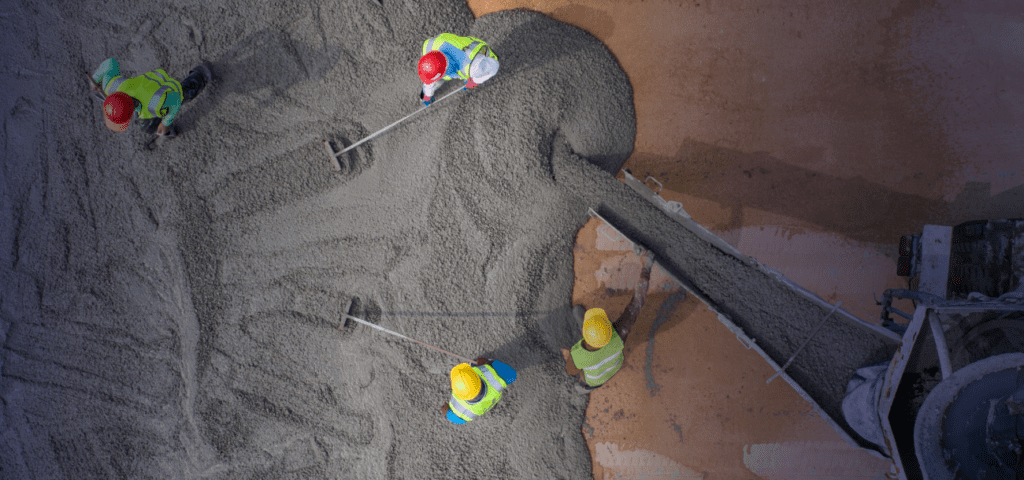High-speed and fast-scale urbanization has overtaken even its most optimistic estimates. By United Nations estimates, the world will have 43 megacities with populations exceeding 10 million by the year 2030.
To build these megacities, rapid mobilization of building materials across the construction industry will create an exponential demand for high-grade cement. In the coming year, cement consumption in one of the world’s leading cement-producing countries is said to exceed 379 million tonnes.
To marshal worldwide objectives of scalable and transformative urbanization, cement manufacturers need to look at intelligent supply chain logistics. Conventional mechanics of cement logistics planning no longer apply in a situation that demands exponentially high delivery rates to match its consumption estimates.
It is, therefore, imperative to cut down wastage in terms of both cost and resources by better organizing logistics in the supply chain.
Why Stockouts Arise in the Cement Industry?
Stockout situations prevent a streamlined flow of building material to sites and cause costly delays. Stockouts arise in the construction industry due to a combination of escalated demand, loss of vendor channels, and legacy systems being used for logistics in a digital world.

1. Escalation in Demand
Demand escalation can be catered to by allowing buffer systems to compensate for demand spikes. Buffers in terms of inventory, capacity planning, and time work well together to eliminate bottlenecks in the construction material supply chain.
Inventory can be optimized using real-time analytics and historical data insights to provide for demand surges.
2. Loss of Vendor Channels
Due to regional upheavals around the globe, such as geopolitical conflicts, natural disasters, and disruptions in logistics channels, vendors can get disconnected. In a globally operational construction supply chain, losing vendors can be hazardous in the monopolized landscape of cement manufacturing.
Having buffers in place to avoid delays due to vendor shortages is an important step to avoiding stockout situations.
3. Outdated Logistics Models
In a world that is constantly being optimized for digital connectivity, outdated transport and logistics operations are bottlenecks in themselves.
To satisfactorily cater to the global demand for concrete and avoid stockout situations, supply chains need to enable their logistics partners with updated digital models for both sourcing and deliveries.
3 Strategies to Avoid Stockouts by Leveraging AI
Artificial Intelligence (AI) can be leveraged in multiple ways to avoid stockout situations that can result in heavy financial losses for the organization as well as loss of customer trust. AI provides multiple vantage points to the construction industry supply chain defining clear points of intervention, such as-
1. Accurate Demand Forecasting
Using both historical data and real-time analytics to anticipate demand in the early stages of the production process can facilitate high order fulfillment rates. Demand forecasting in the construction industry depends on a variety of factors as below:
(i) Quantum of Construction Work
The amount of raw material, i.e., cement required would rely on the construction demand. For example, the construction of a township would require more building material than a row of residences. Demand scales according to the size of the project.
(ii) Pace of Construction
Often, demand escalates due to the hurried pace of construction. The sudden escalation can occur due to unanticipated infrastructural needs such as pandemic isolation centers, global sports event stadiums, and refugee rehabilitation projects. This heightens demand for all raw materials, especially cement and concrete.
(iii) Material Demand of Construction Work
Different construction projects vary in their material demands. High-storey projects require more cement and concrete as opposed to leveled-out low-rise construction of the same plot size. The material demand of the project is an important factor in assessing demand.
AI-powered demand forecasting takes into account all the parameters of quantum, pace, and scale to enable optimized cement logistics planning across the supply chain.
2. Enhancing Supply Chain Transparency
To enable effective decision-making across the supply chain, it is important to enhance transparency. Be it in communication channels, transportation networks, or delivery systems; transparency greatly enhances the efficiency of the cement industry supply chain.
AI can enhance transparency by delivering real-time metrics of transportation channels, delivery updates, and inventory stock. Enhanced transparency in the cement supply industry results in faster-delivered projects and robust final infrastructure.
3. Digital Connectivity for Advanced Logistics Application
Digital innovation is an enabler for optimizing delivery and accountability in the cement industry. Tools like digital tagging, chatbots, and smart inventory systems allow for accurate stock checking of materials to plan for replenishment and inventory accordingly.
Digital connectivity can speed up life-cycle times, scale down replenishment fulfillment times while enabling faster transportation and efficient delivery.
In the world of virtual work environments and the hybridization of delivery models, digital connectivity can be greatly enhanced with cloud computing technologies. For faster cement distribution and delivery, it is crucial to connect all process systems digitally.
Strategic Cement Logistics Planning with Advanced AI Platforms
ThroughPut’s AI Suite employs machine learning to build usable insights on demand surges. These insights empower cement manufacturers to make better decisions about their production set-up and capacity, distribution channels, and estimated delivery times.
Digital connectivity throughout the supply chain via automated messaging, sensor tags, and cloud computing platforms enable bottleneck elimination and enable inventory management solutions for on-time and in full (OTIF) delivery.
ThroughPut’s AI Suite enables transparency across the cement industry supply chain to enable a streamlined flow of material and resources. Cashflow-focused solutions are integral for the construction industry, where losses can run deep due to even minute inventory-replenishment delays.
Book a demo for cashflow-focused solutions for your cement supply chain here.

